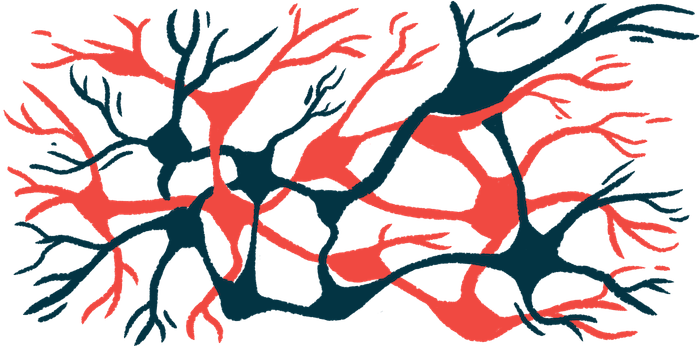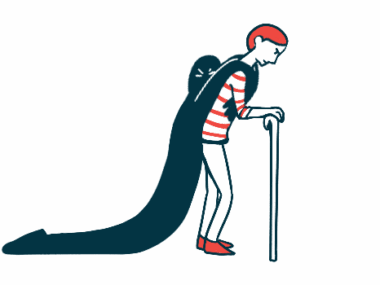Small nerve fibers prone to dysfunction in hEDS, study finds
Study of 5 patients finds function loss more pronounced in those with POTS
Written by |

People with hypermobile Ehlers-Danlos syndrome (hEDS) show signs of dysfunction in small nerve fibers, those that detect pain and temperature and regulate automatic body functions such as heart rate and blood pressure, according to a small study.
A loss of small nerve fiber function was more pronounced in hEDS patients with postural tachycardia syndrome, or POTS, a condition marked by an abnormally high heart rate upon sitting or standing up, assessments showed.
The study, “Autonomic and sensory dysfunction in hypermobile Ehlers-Danlos syndrome: How do small fibers contribute?” was published in Autonomic Neuroscience.
hEDS, the most common type of Ehlers-Danlos syndrome (EDS), is characterized by overly mobile joints, soft, stretchy skin, musculoskeletal pain, and frequent joint dislocations.
People with hEDS also experience problems related to small nerve fibers, which transmit sensations of pain, temperature, and itch, as well as regulate automatic functions such as heart rate, blood pressure, breathing, and digestion.
Testing nerve fiber function
A team of researchers in Germany performed a series of clinical assessments in five girls and women with hEDS, ages 12-60.
When asked about pain, four of the five patients reported headaches and musculoskeletal/joint pain in the lower extremities. Pain primarily occurred after standing for long periods, but patients remained pain-free in other circumstances.
The oldest woman reported frequent joint pain attributed to osteoarthritis, a degenerative joint disease in which the protective cartilage that lines joints is worn down or damaged.
Participants underwent a 30-minute tilt-table test to assess autonomic function, measuring the body’s automatic reaction, in terms of heart rate and blood pressure, to changes in body position.
Severe POTS, a form of dysautonomia marked by an abnormally high heart rate after getting up from sitting or lying down, was detected in a 12-year-old girl. Atypical POTS, which features frequent fainting, was found in the second-oldest participant, who was in her 40s.
In line with the tilt-table test results, the two participants with autonomic dysfunction also had signs of vascular hyperelasticity, or abnormally stretchy blood vessel walls. This feature is often associated with vascular EDS, a type of EDS that carries a high risk of serious bleeding.
Variability in heart rate was normal for all five participants. Four out of five had normal results in cutaneous vasoconstrictor testing, which measures the automatic constriction of blood vessels in the skin in response to cold exposure. In the fifth (and oldest) patient, this function was abnormally low, “suggesting reduced vasoconstrictive capacity and a degenerative process that accelerates with age,” the researchers wrote.
Regardless of the presence of pain, all patients had abnormal results in thermal sensory testing, which assessed both detection and pain thresholds for cold and warm stimuli.
Tests also showed impairment of A-delta fibers — small nerve fibers wrapped in a protective coating called the myelin sheath that transmit sharp, localized, and fast pain sensations, often referred to as first pain — in all participants.
These problems were more severe in the two participants with autonomic dysfunction, who also had additional impairment of C-fibers. These small, unmyelinated nerve fibers transmit dull, aching, and burning pain sensations that tend to linger, or second pain.
“Our findings indicate increased vascular elasticity and loss of small nerve fiber function in subjects with hEDS, with this loss being more pronounced in those with dysautonomia,” the researchers wrote.
Because of the small number of patients in the study, the authors said the “conclusions need to be interpreted with caution and confirmed on a larger number of subjects.”





